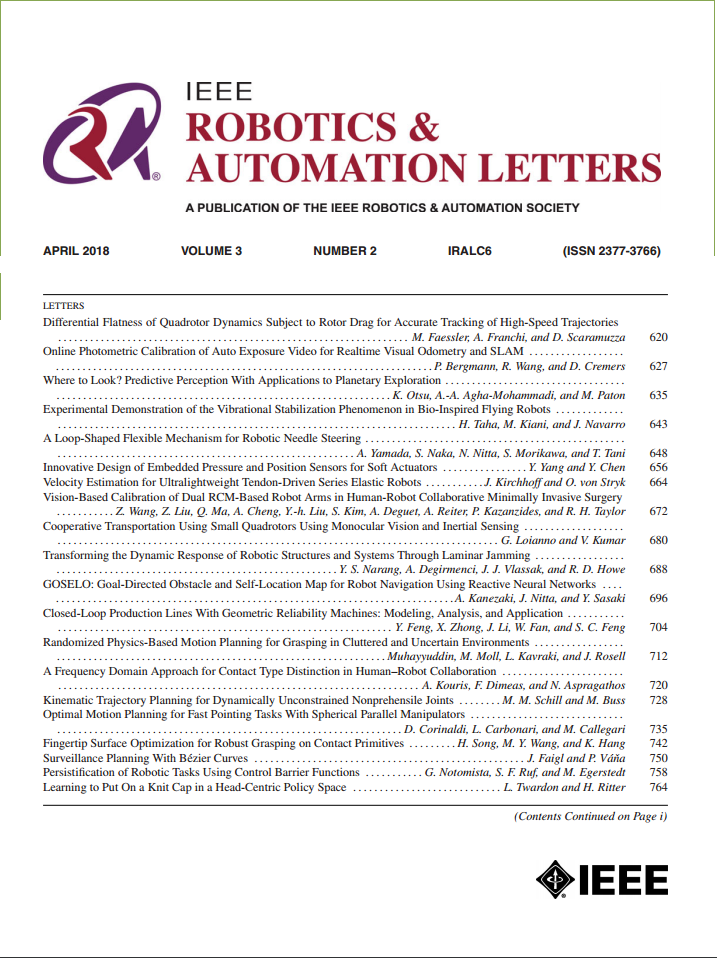用于增强声学检测的零射去噪:混合信号分离和文本引导音频重建
IF 5.3
2区 计算机科学
Q2 ROBOTICS
引用次数: 0
摘要
声学检测对基础设施的维护至关重要,但其有效性往往受到环境噪声的影响。传统的去噪方法依赖于先验知识或训练数据,限制了其实用性。这封信提出了零射击降噪,一种新的方法实现降噪没有预先收集的目标声音样本或噪声知识。我们的方法协同结合了用于无监督音频分解的混合信号分离(MSS)和用于文本引导音频重构的伪像弹性注意(AR-Attention)。AR-Attention利用预先训练的音频语言模型和双重标准化来减轻BSS工件并在语义上识别目标声音。我们引入了伪信噪比,从音频语言模型派生,用于自动BSS超参数优化。在使用公共数据集的实验中,我们的方法在真正的零射击设置下运行,取得了与最先进的监督降噪方法相当的性能,并且针对锤击测试的实验证实了我们的方法在实际声学检测中的有效性。我们的方法克服了数据依赖技术的局限性,为声学检测和更广泛的声学任务提供了一种通用的降噪解决方案。本文章由计算机程序翻译,如有差异,请以英文原文为准。
Zero-Shot Denoiser for Enhanced Acoustic Inspection: Mix Signal Separation and Text-Guided Audio Reconstruction
Acoustic inspection is crucial for infrastructure maintenance, but its effectiveness is often hampered by environmental noise. Conventional denoising methods rely on prior knowledge or training data, limiting their practicability. This letter presents Zero-Shot Denoiser, a novel approach achieving noise reduction without pre-collected target sound samples or noise knowledge. Our method synergistically combines Mix Signal Separation (MSS) for unsupervised audio decomposition and Artifact-Resilient Attention (AR-Attention) for text-guided audio reconstruction. AR-Attention leverages pre-trained audio-language models and dual normalization to mitigate BSS artifacts and identify target sounds semantically. We introduce pseudo Signal-to-Noise Ratio, derived from the audio-language model, for automatic BSS hyperparameter optimization. In experiments using public datasets, our method, operating in a true zero-shot setting, achieved performance comparable to that of state-of-the-art supervised denoising methods, and experiments targeting hammering tests confirmed the effectiveness of our approach for real-world acoustic inspections. Our approach overcomes the limitations of data-dependent techniques and offers a versatile noise reduction solution for acoustic inspection and broader acoustic tasks.
求助全文
通过发布文献求助,成功后即可免费获取论文全文。
去求助
来源期刊

IEEE Robotics and Automation Letters
Computer Science-Computer Science Applications
CiteScore
9.60
自引率
15.40%
发文量
1428
期刊介绍:
The scope of this journal is to publish peer-reviewed articles that provide a timely and concise account of innovative research ideas and application results, reporting significant theoretical findings and application case studies in areas of robotics and automation.
 求助内容:
求助内容: 应助结果提醒方式:
应助结果提醒方式:


